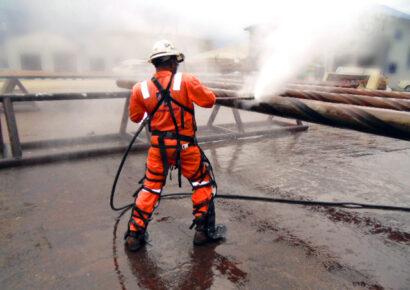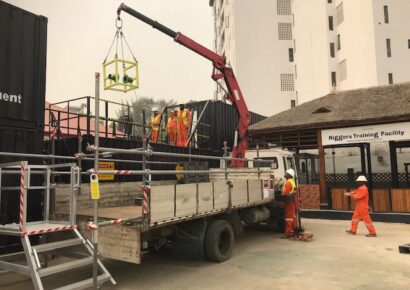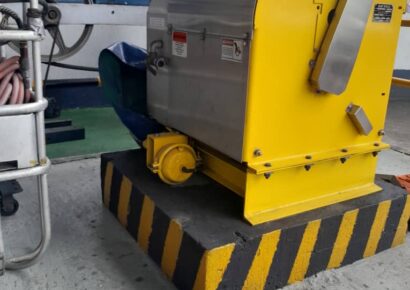Course Overview
Course Details
A Permit to Work (PTW) is a document used in many industries to ensure the safe execution of tasks that are considered hazardous or involve high-risk activities. It outlines specific processes for requesting, recording, reviewing, and authorizing tasks that are to be carried out by designated employees. This system is essential for maintaining control over activities that could pose a risk to personnel, equipment, or the environment.
There are a various Permits-to-work, such as;
- Hot Work Permit: For tasks that generate heat or sparks (e.g., welding, cutting).
- Confined Space Entry Permit: For work in confined spaces with limited access and ventilation.
- Electrical Isolation Permit: For work on or near live electrical equipment.
- Excavation Permit: For digging or trenching activities that may disturb underground utilities or structures.
Purpose and Benefits of a Permit to Work
- Risk Mitigation: Ensures that all risks are identified and mitigated before high-risk tasks begin.
- Legal Compliance: Helps organizations meet legal and regulatory safety requirements.
- Accident Prevention: Reduces the likelihood of accidents or incidents by enforcing strict safety controls.
- Accountability: Establishes clear roles and responsibilities for individuals involved in the task.
The Permit to Work (PTW) is a critical component of an organization’s overall safety management framework, enabling systematic control over hazardous activities and ensuring that work is performed safely and in compliance with regulations.
Target Audience
The Permit to Work (PTW) is essential for professionals and employees across various industries who are involved in planning, overseeing, or performing high-risk tasks, such as; Engineers, Technicians, Maintenance Personnel, Contractors and Subcontractors.






